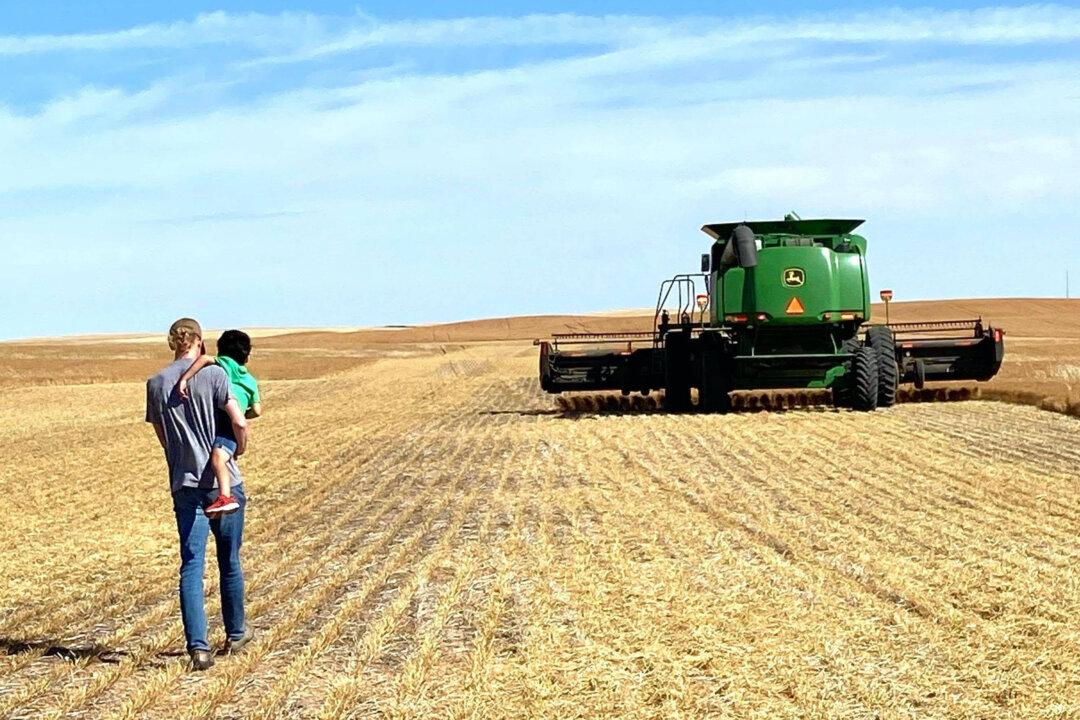Farmers across Canada are busy with harvest in an annual tradition that spans generations. Strong ties to the land and the draw of rural life help them face constant changes in weather, markets, and technology.
Douglas Davidson’s farm is an hour’s drive south of Swift Current, Saskatchewan, and north of Val Marie. He began farming in 1968, making this his 53rd harvest.





